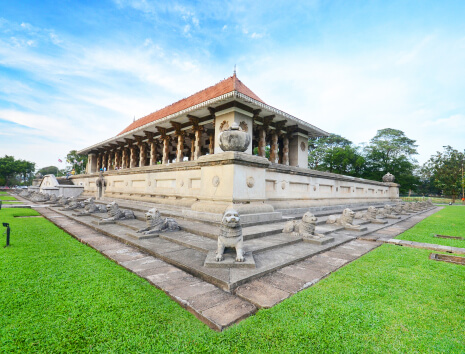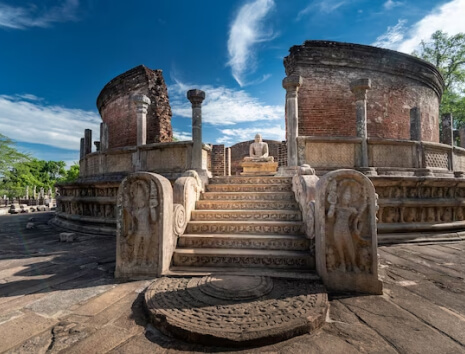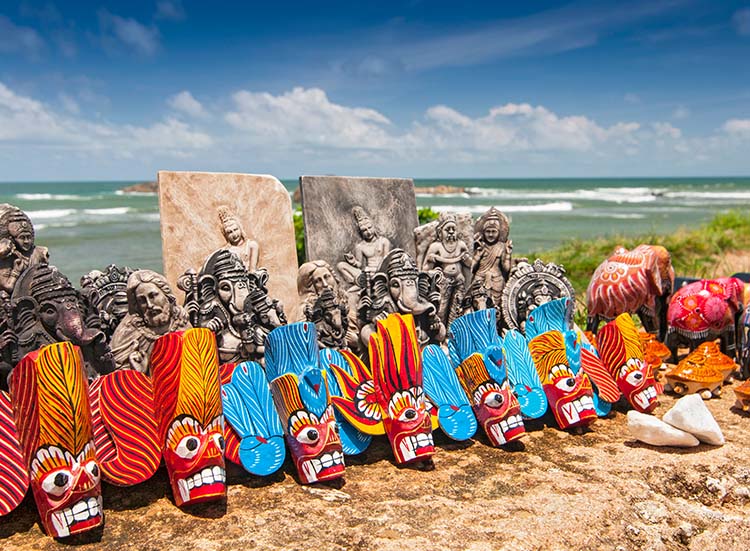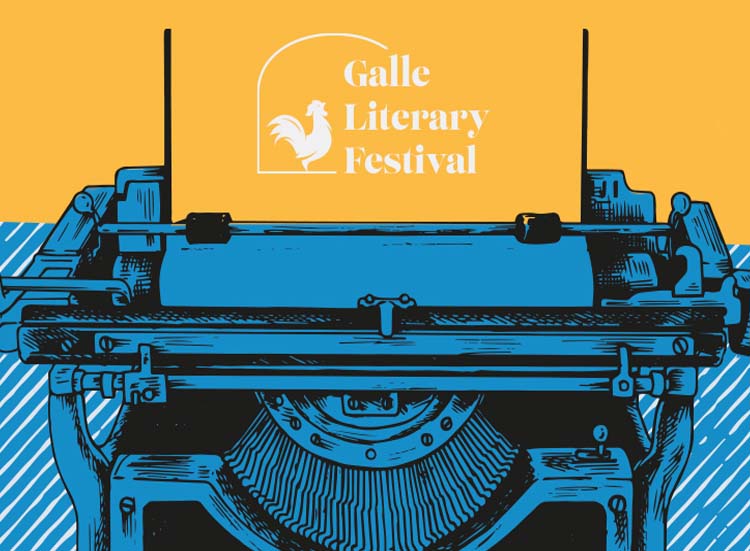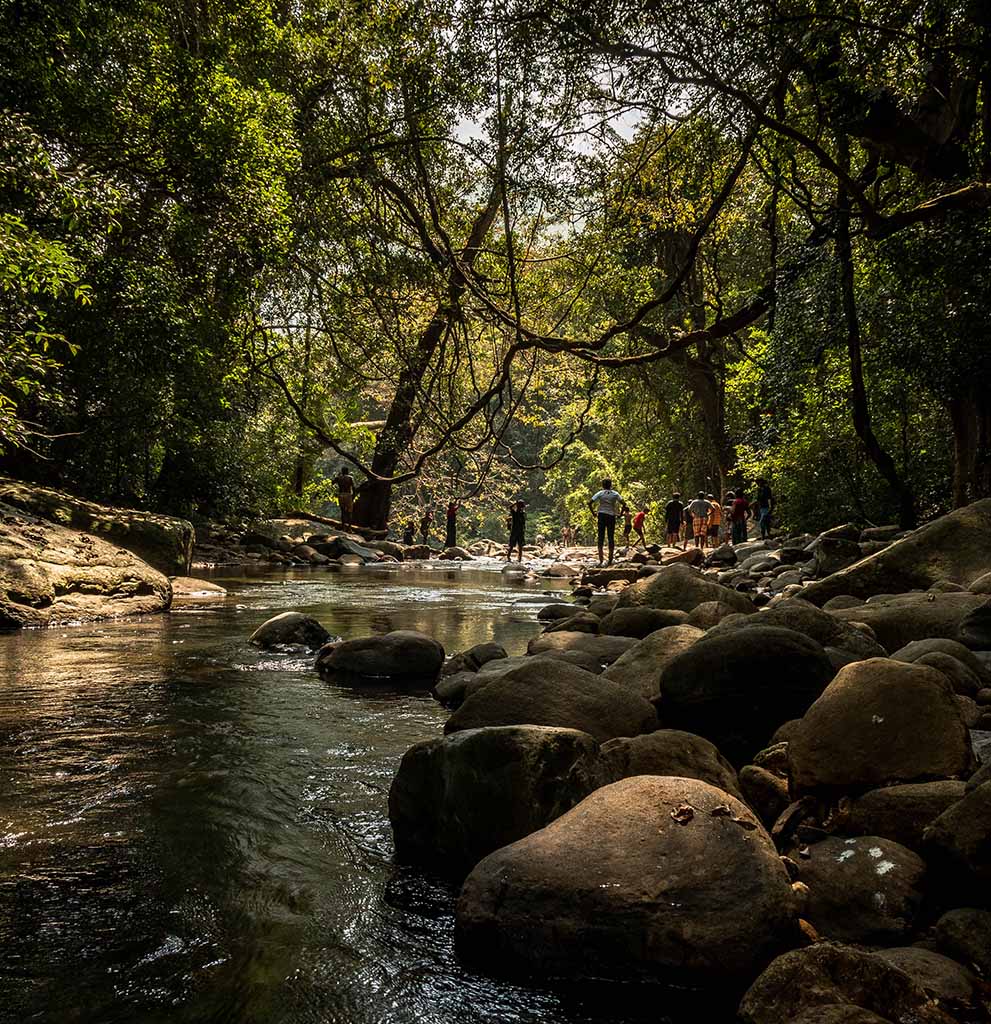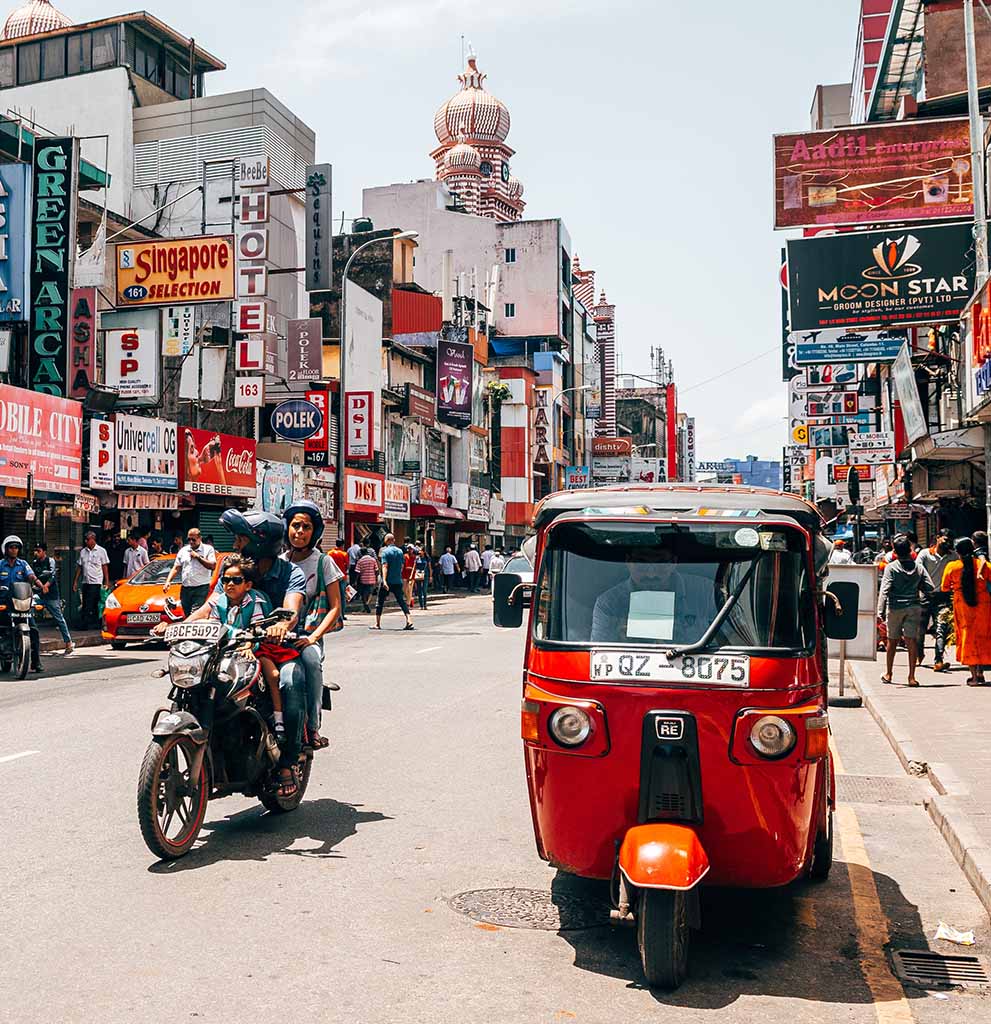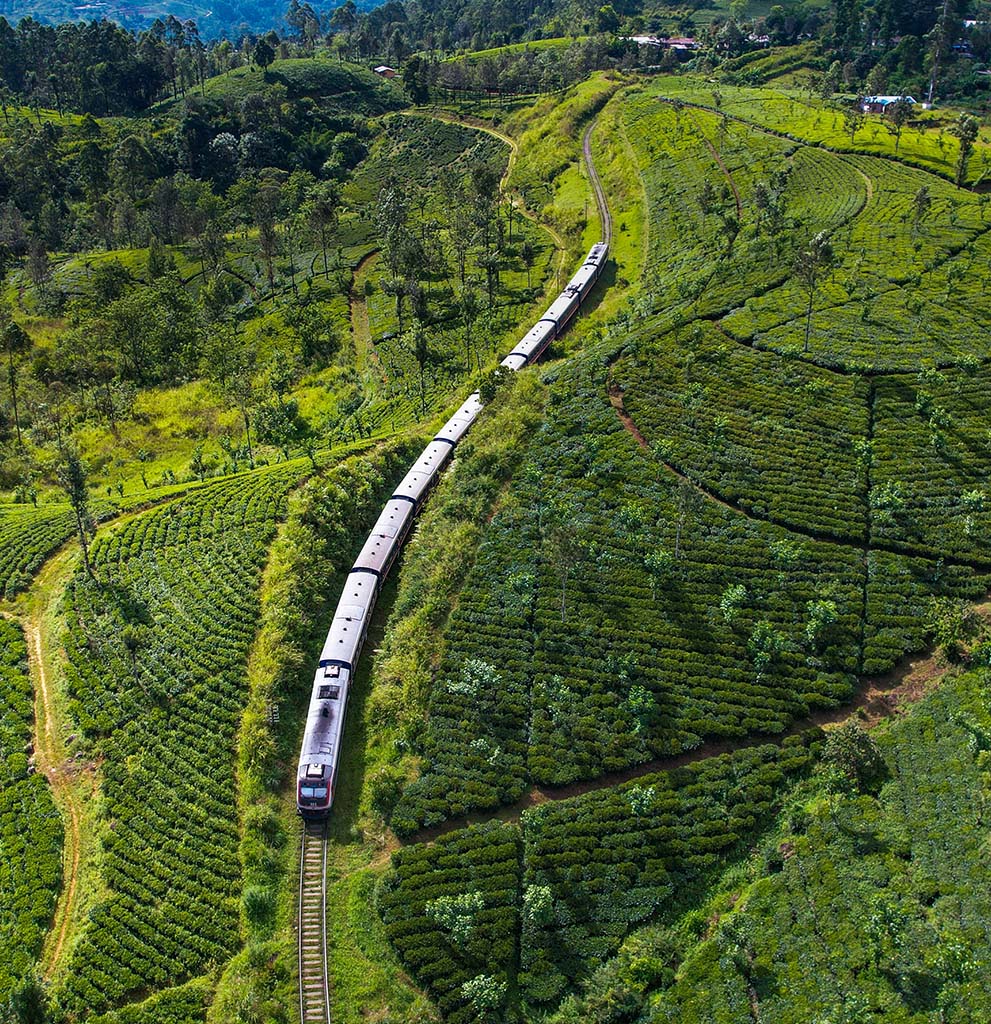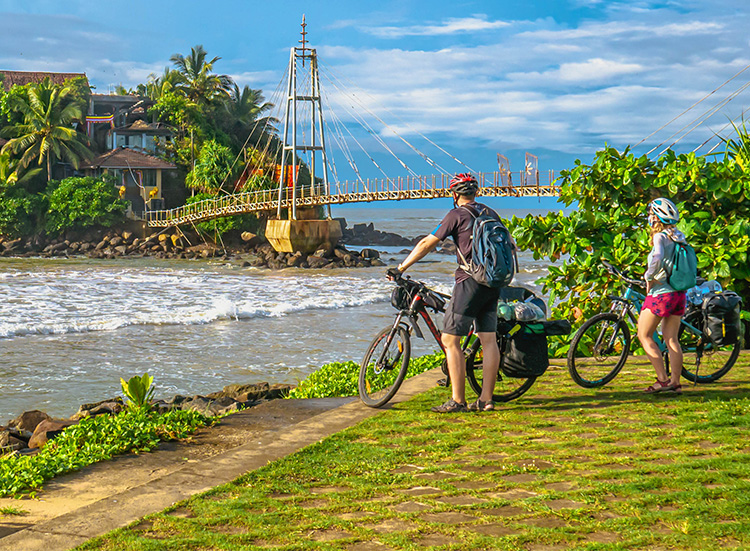Menu
WAY
Medieval capital with iconic ruins and stone carved marvels
Ancient City of Polonnaruwa
Closest Town
Polonnaruwa
Polonnaruwa, Sri Lanka’s second ancient capital, flourished between the 11th and 13th centuries as a hub of governance, trade and Buddhist scholarship. Its exquisitely preserved palaces, shrines and colossal rock carved Buddha statues reflect a golden age of art and architecture. Today, Polonnaruwa’s sprawling ruins offer a vivid journey into the island’s medieval splendour.
- 12th century royal palace ruins
- Gal Vihara rock cut Buddha statues
- UNESCO heritage since 1982
The Ancient City of Polonnaruwa rose to prominence after the decline of Anuradhapura, becoming Sri Lanka’s capital in the late 11th century. Under the visionary leadership of King Parakramabahu I, the city reached its zenith, blending administrative sophistication with religious devotion.
At its heart lies the Sacred Quadrangle, an elevated terrace housing some of the kingdom’s most sacred shrines, including the Vatadage, Hatadage and Thuparama. The Gal Vihara, a group of colossal Buddha images carved from a single granite outcrop, remains one of Sri Lanka’s most celebrated works of stone sculpture.
Polonnaruwa was also an engineering marvel, sustained by an extensive network of irrigation reservoirs, notably the vast Parakrama Samudra, which provided water for agriculture and ensured prosperity. The city’s architecture reflects a unique fusion of Buddhist and Hindu influences, a result of South Indian Chola influence during its early history.
Today, the UNESCO listed site spans an archaeological park of remarkable breadth, where visitors can cycle or walk among palace ruins, monasteries, audience halls and intricate statues. Polonnaruwa is more than an ancient ruin, it is a narrative in stone, chronicling an era when Sri Lanka stood as a centre of power, culture and artistry in South Asia.



